Home>Ideas and Tips>Shadows Of The Past Restoring Historical Windows
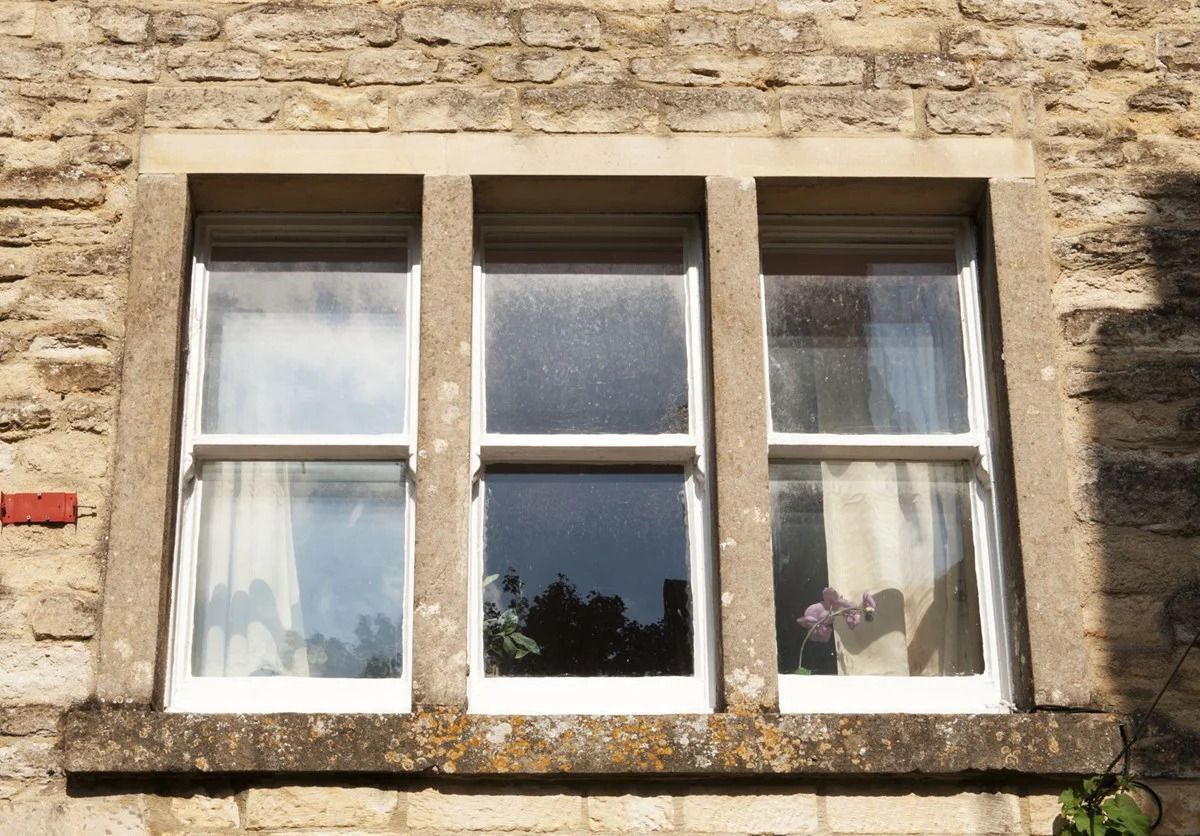

Ideas and Tips
Shadows Of The Past Restoring Historical Windows
Published: October 18, 2024
Discover the benefits of restoring historical windows, from preserving architectural heritage to enhancing energy efficiency and sustainability.
(Many of the links in this article redirect to a specific reviewed product. Your purchase of these products through affiliate links helps to generate commission for Storables.com, at no extra cost. Learn more)
Historical windows are more than just a feature of old buildings; they are a testament to the craftsmanship and architectural integrity of the past. These windows, often made from high-quality materials like wood, have been a part of our heritage for centuries, adding character and depth to the structures they adorn. However, with the advent of modern replacement windows, many homeowners are tempted to replace their historical windows with newer, supposedly more efficient options. But is this the best choice? In this article, we will delve into the world of restoring historical windows, exploring the economic, environmental, and aesthetic reasons why preserving these windows is crucial.
The Importance of Historical Windows
Historical windows are not just any windows; they are integral components of a building's architecture and history. Each window tells a story about the era in which it was built, reflecting the technological advancements, design preferences, and cultural values of that time. For instance, double-hung windows, which were prevalent before 1900, allowed for ventilation by opening both the top and bottom sashes, providing an early form of air conditioning during hot months.
Moreover, these windows were constructed with durability in mind. Original wood windows, for example, were made from old-growth wood that is significantly more durable than modern wood and clad products. This durability means that historical windows can last for decades with proper maintenance, unlike modern replacement windows which may need to be replaced multiple times over their lifespan.
Economic Benefits of Restoration
One of the most compelling arguments for restoring historical windows is the economic benefit. While replacing windows may seem like a cost-effective solution upfront, it can lead to significant long-term costs. Over 112 million windows end up in landfills each year, with about half being under 20 years old. This staggering statistic highlights the wastefulness of replacing windows frequently.
Restoring historical windows, on the other hand, offers a substantial return on investment. Proper weather stripping, for instance, can drastically reduce air infiltration at meeting points in the window, making it one of the cheapest and easiest solutions for improving window efficiency. Additionally, interior window films and shades can be applied to reduce solar gain without breaking the bank.
Moreover, restoring original windows can save homeowners money in the long run. According to various studies, restored windows can be as or even more energy efficient than replacement windows, providing a payback much faster than replacement windows. This is because restored windows are often made from high-quality materials that retain their insulating properties over time.
Environmental Benefits
Restoring historical windows also has significant environmental benefits. The process of manufacturing new windows requires substantial amounts of energy and resources, contributing to greenhouse gas emissions and resource depletion. In contrast, restoring existing windows utilizes local labor and expertise of craftspeople, reducing the need for off-the-shelf composite products.
Furthermore, preserving original windows helps to conserve natural resources. Historic wood windows were constructed to last 100+ years with old-growth wood, which is substantially more durable than modern wood and clad products. This longevity means that fewer new windows need to be manufactured over time, reducing the demand on natural resources and minimizing waste.
Aesthetic and Authenticity
Historical windows possess aesthetic and material attributes that simply cannot be replaced by modern replacement windows. The nuances in molding profiles, shadow lines, and color of windows contribute greatly to the overall building aesthetic. Even small changes in these elements can have a noticeable detrimental effect on the appearance of historic buildings.
Replacing historic windows with modern alternatives often results in a mechanical, contrived, or uniformly sterile appearance. This loss of authenticity is irreversible once the original material is lost. For instance, replacement windows incorporating tilt-in sash features may appear enticing but often lead to increased air infiltration around the sash due to compressible jamb liners made from open-cell foams that degrade over time.
Practical Steps for Restoration
So how can you restore your historical windows effectively? Here are some practical steps:
-
Assess Your Windows: Before starting any restoration project, it's crucial to assess the condition of your windows. If more than 50% of the original window components need to be replaced with new material, full replacement might be considered. However, if the damage is minimal, restoration is often the better option.
-
Weather Stripping: One of the simplest and most cost-effective ways to improve window efficiency is by installing proper weather stripping. This can be done by any homeowner and offers a great return on investment.
-
Storm Windows: Installing storm windows can provide an additional transparent barrier between the outside and inside of a historic home. These can be hung from the interior of a window and clipped or wedged into place for easy removal and cleaning.
-
Shades, Shutters, and Screens: Using shades, shutters, or screens can prevent solar gain during hot summer months or seasons where windows receive direct sunlight. Some interior shades also have insulating qualities that reduce heat transfer.
-
Interior Window Films: Applying interior window films is another affordable solution to reduce solar gain without altering the exterior appearance of the glass. However, homeowners should be cautious about deeply tinted or reflective films that might affect the aesthetic appeal.
-
Professional Help: If you're not experienced in window restoration yourself, consider hiring skilled tradespeople who specialize in this field. Exterior painters and carpenters are particularly well-suited for restoring historic wood windows as they understand how these windows were assembled.
-
Maintenance Tips: Regular maintenance is key to extending the life of your historical windows. Caulking the exterior window casing trim helps stop air infiltration which improves energy efficiency.
Resources for Restoration
If you're considering restoring your historical windows but need guidance or resources, there are several organizations and resources available:
-
Rehabber Club: This organization periodically hosts historic window repair and restoration courses where participants receive hands-on training in window repair.
-
Window Preservation Alliance: This national network offers services from local contractors specializing in window preservation.
-
Office of Historic Preservation: Staff from this office can provide property-specific consultations to determine if your windows are repairable or if replacements are appropriate.
-
Preservation Utah: Their guide on rehabilitating historic windows provides valuable information on maintaining these structures while saving money.
Conclusion
Restoring historical windows is not just about preserving architectural integrity; it's also an environmentally responsible choice that offers significant economic benefits. By understanding the importance of these windows and taking practical steps towards their restoration, homeowners can ensure that their buildings remain sustainable and aesthetically pleasing for generations to come.
In conclusion, while replacement windows may seem like an attractive option due to their promise of energy efficiency and convenience, restoring historical windows provides a more comprehensive solution that aligns with sustainability principles while preserving cultural heritage.
References
- The Economic & Environmental Reasons to Restore Your Windows – Sarehabber Club
- What Replacement Windows Can’t Replace: The Real Cost of Removing Historic Windows – L'Enfant Trust
- Rehab It Right Historic Windows & Doors – Preservation Utah
- Advantages of Maintaining Your Historic Windows – Wisconsin Historical Society
By embracing the art of restoring historical windows, we not only preserve our architectural heritage but also contribute positively towards environmental sustainability and economic efficiency.
Was this page helpful?
At Storables.com, we guarantee accurate and reliable information. Our content, validated by Expert Board Contributors, is crafted following stringent Editorial Policies. We're committed to providing you with well-researched, expert-backed insights for all your informational needs.
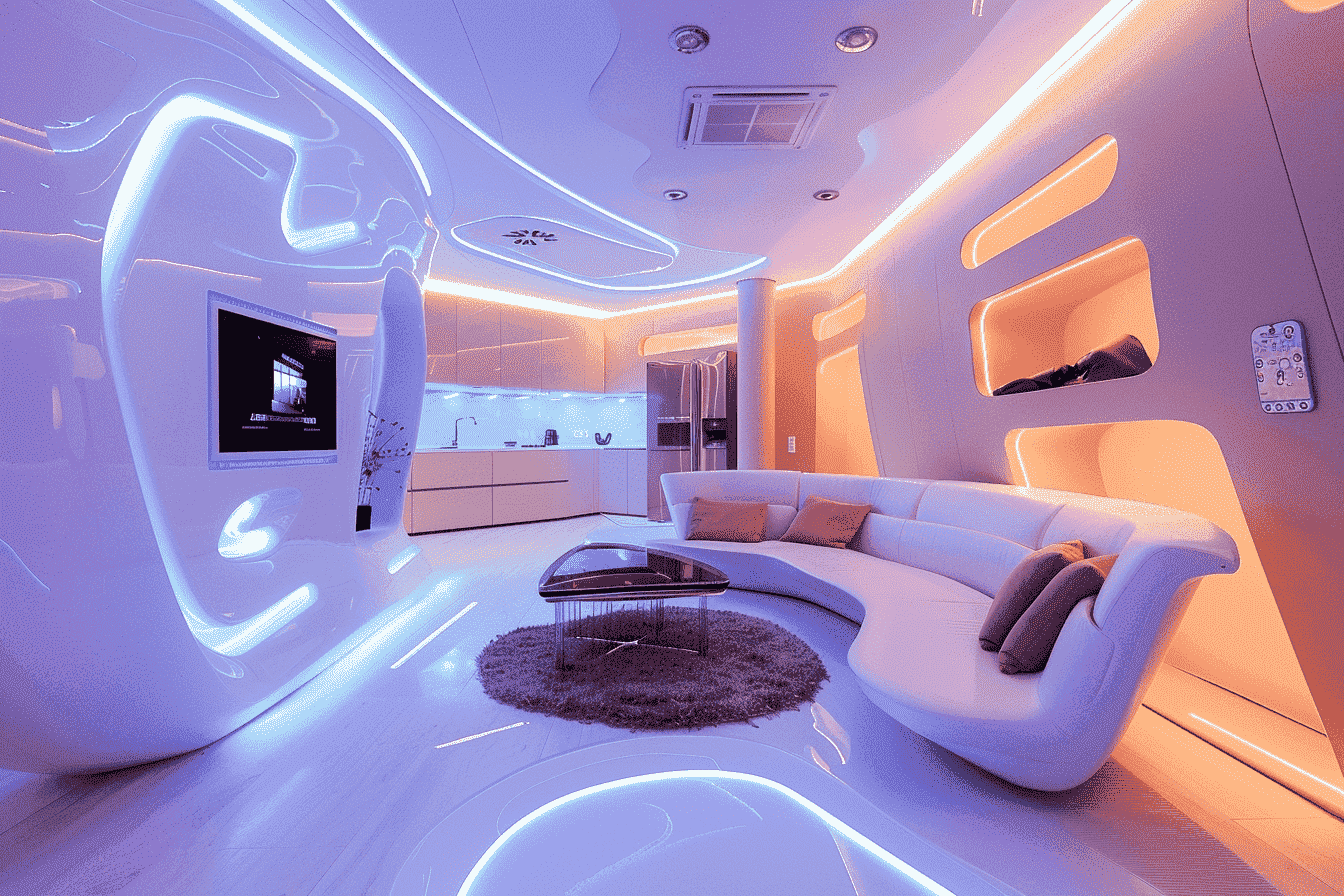


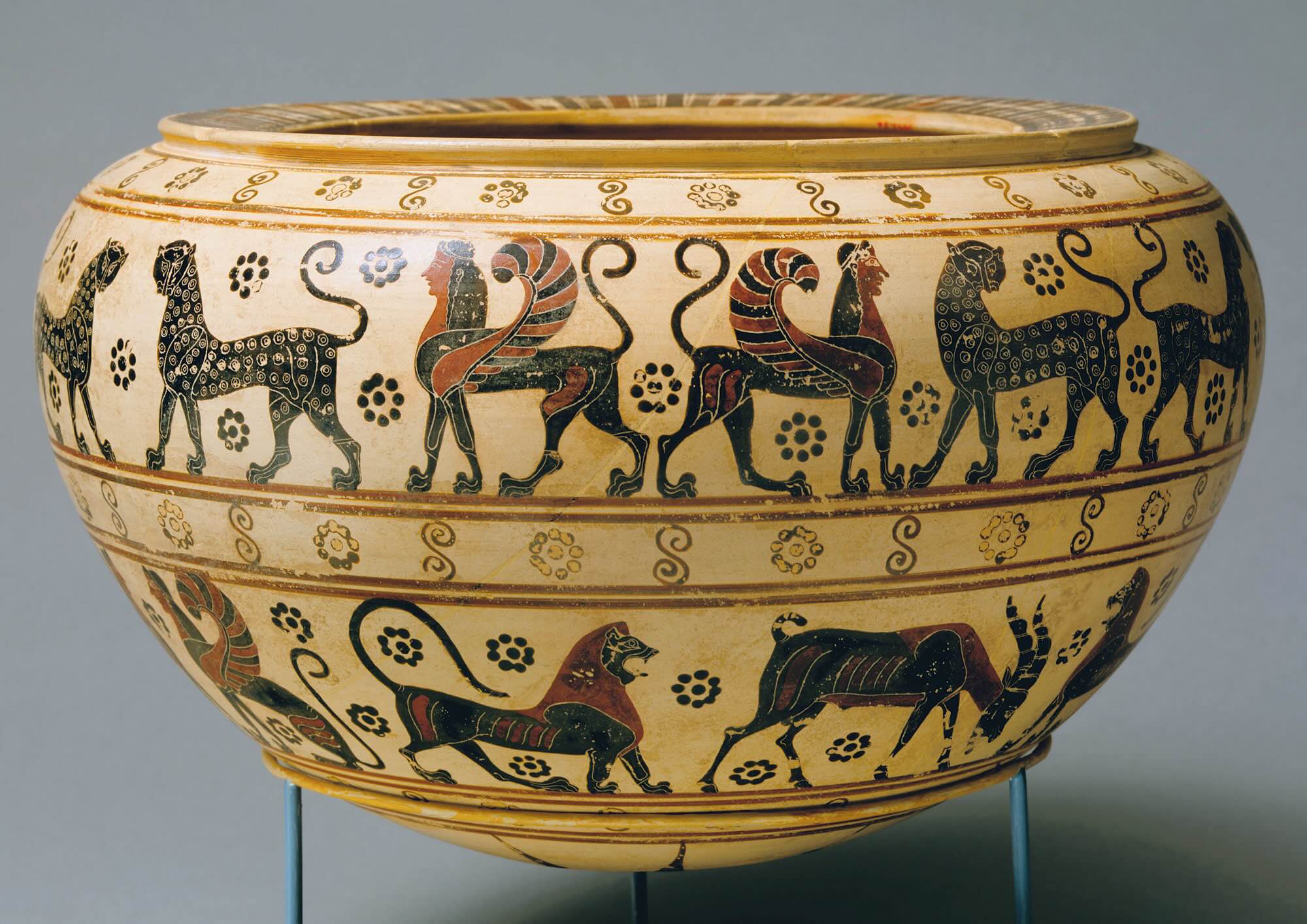
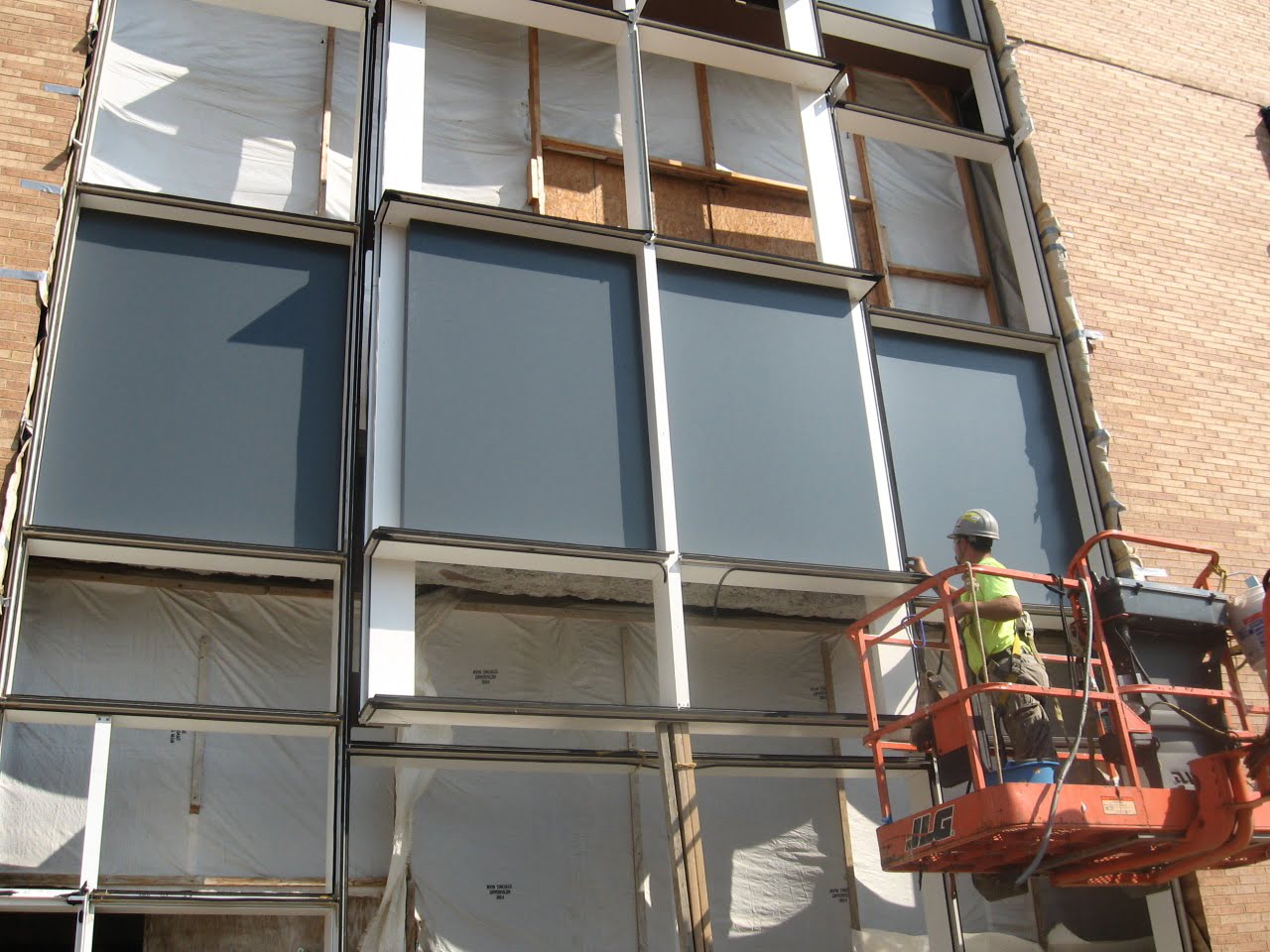

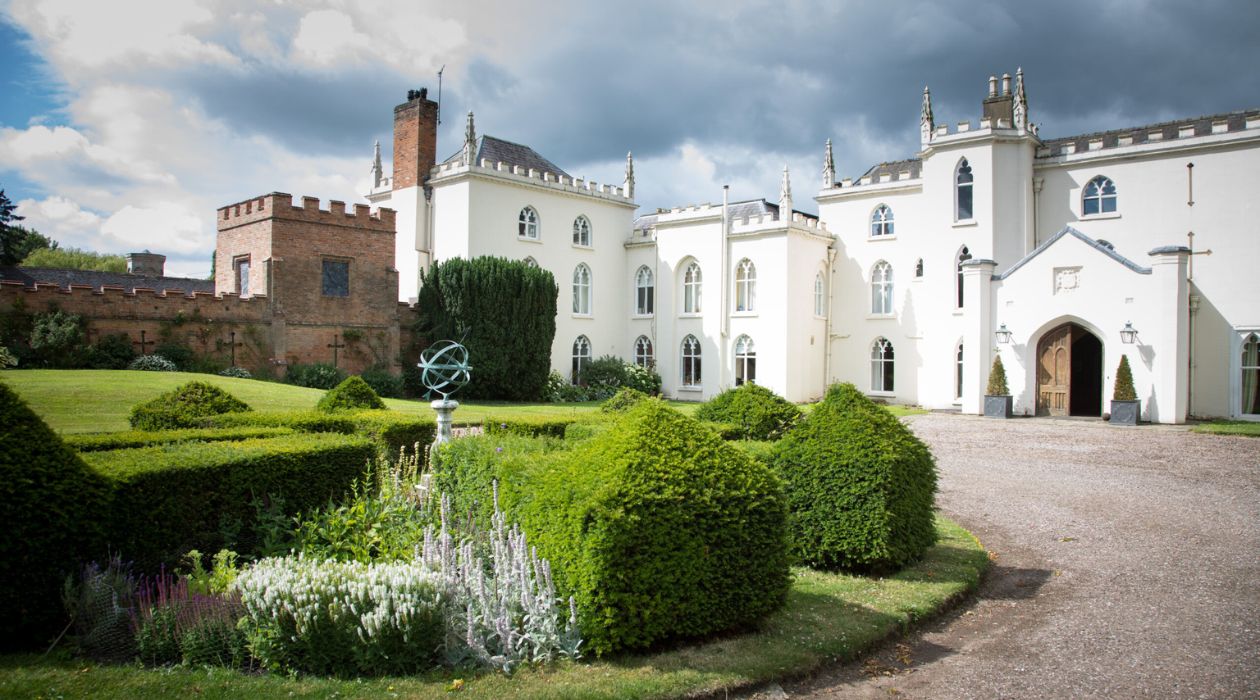

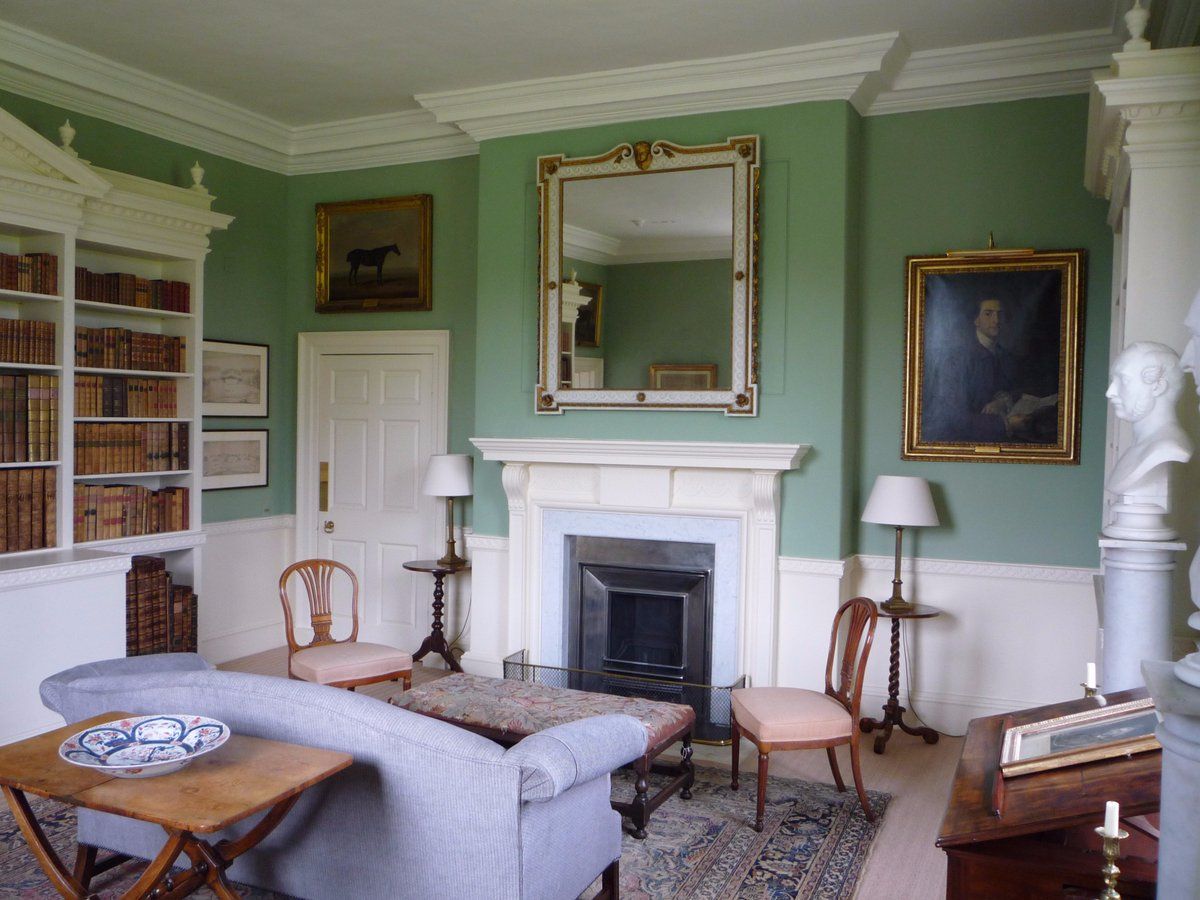
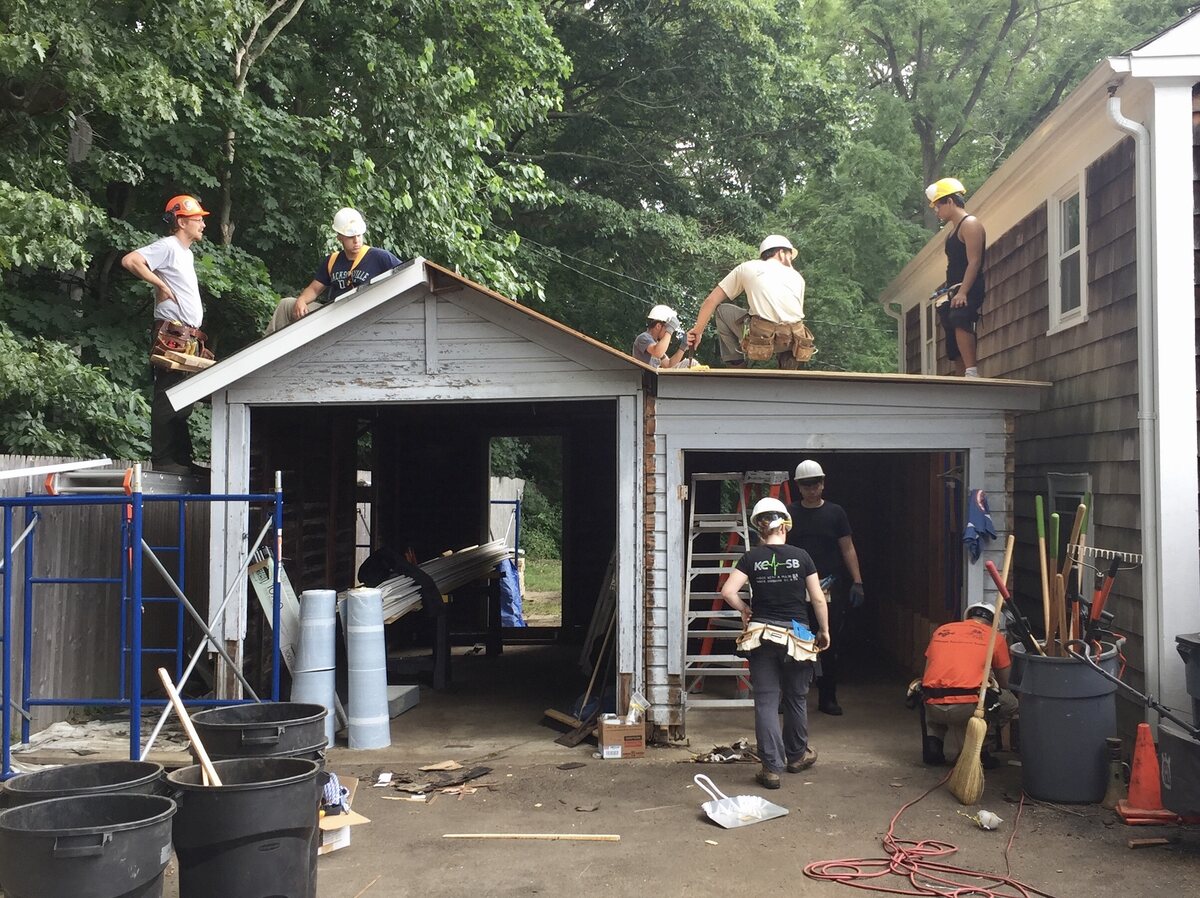



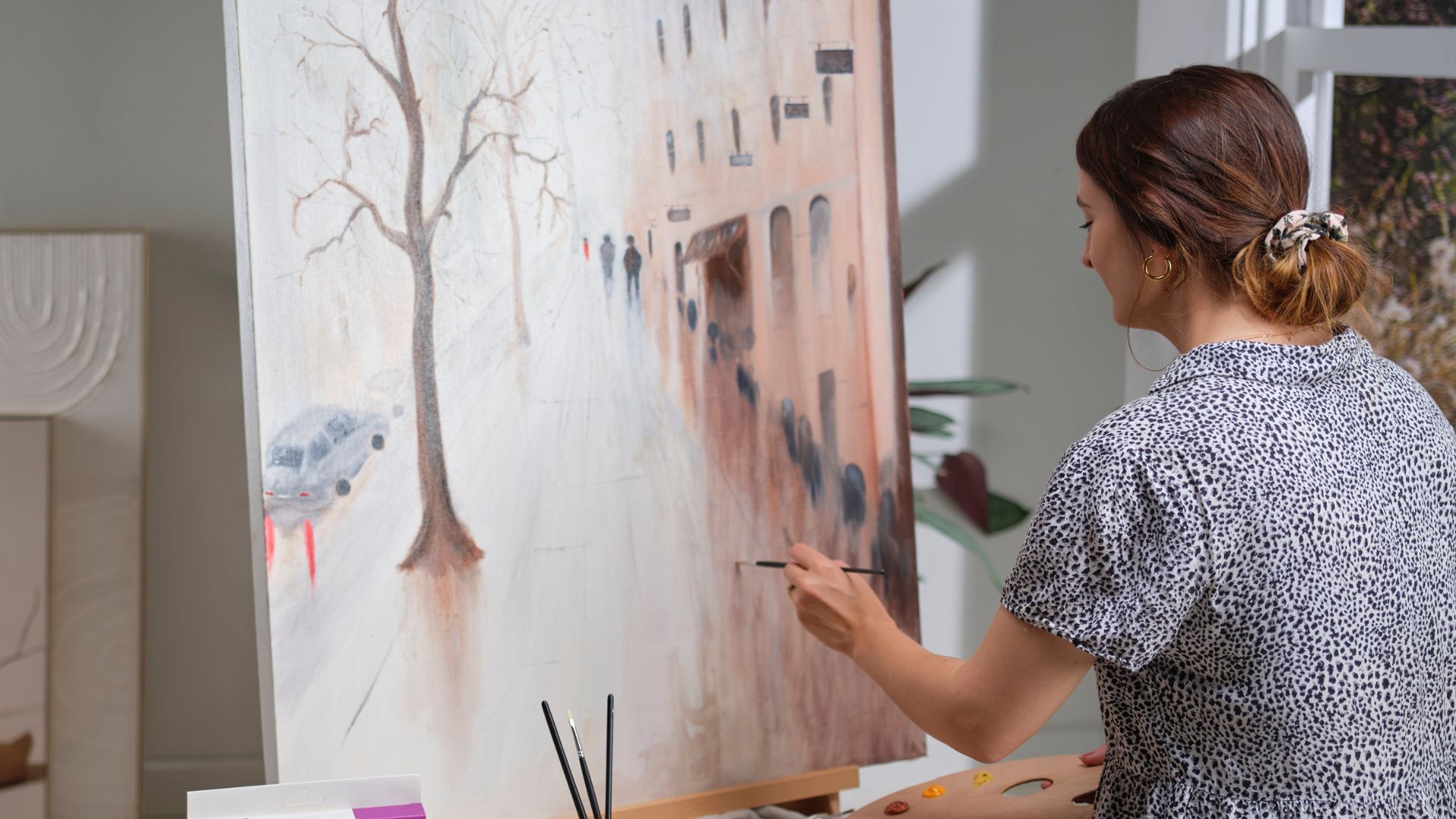

0 thoughts on “Shadows Of The Past Restoring Historical Windows”